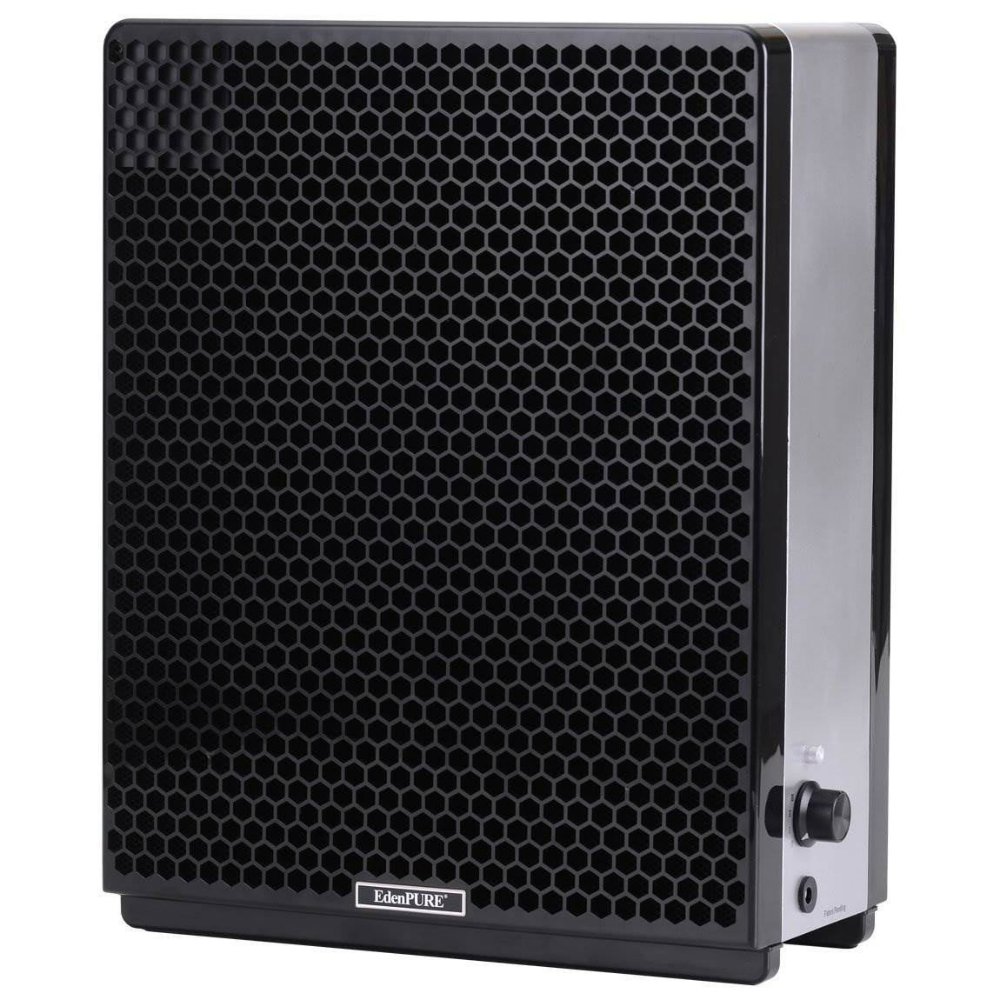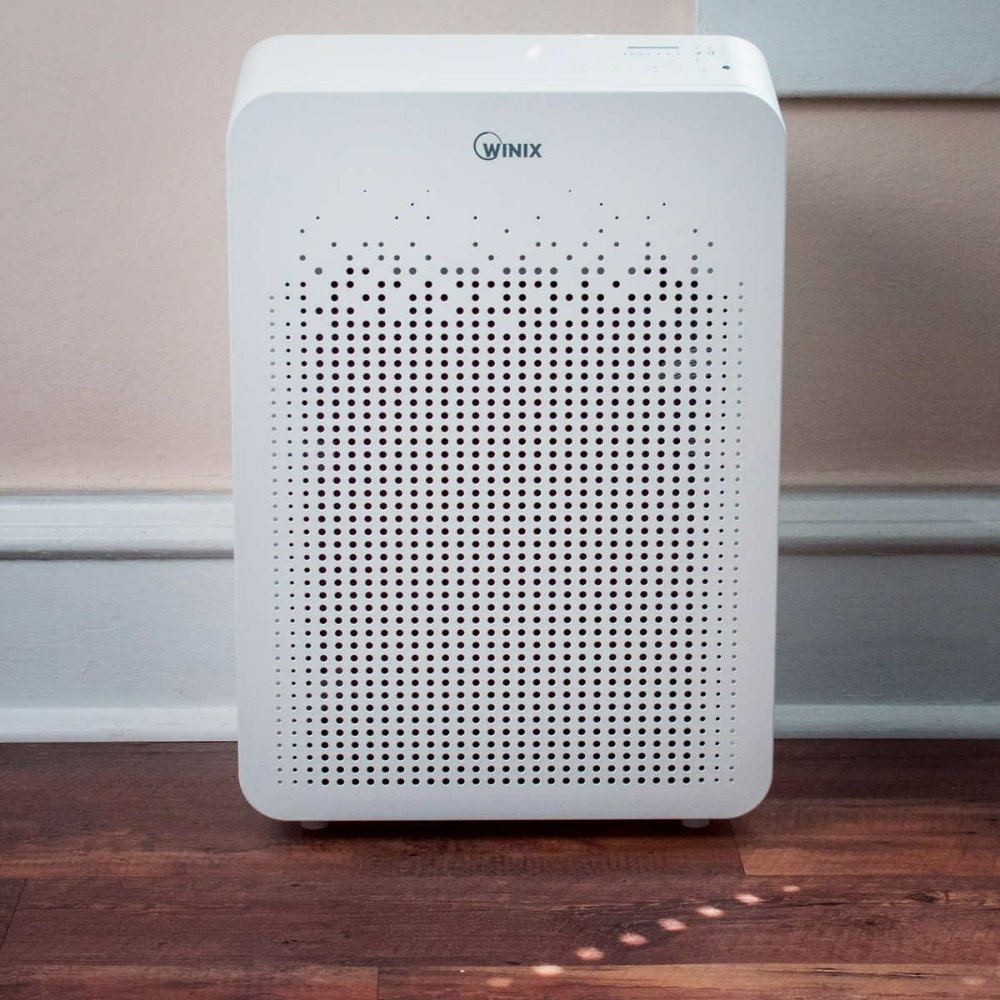Introduction to Air Purifier Filters
Air purifiers use filters to clean indoor air effectively. These filters trap harmful particles and pollutants, boosting indoor air quality. Understanding different air purifier filters and their functions is essential for optimal air purification. This introduction covers types of filters and key factors influencing their lifespan.
Types of Air Purifier Filters
HEPA Filters (High-Efficiency Particulate Air)
Definition: HEPA filters are designed to trap 99.97% of particles that are 0.3 microns or larger.
Materials: Made of a dense mat of randomly arranged fibers, usually fiberglass.
Performance: Effective at capturing dust, pollen, pet dander, mold spores, and even some bacteria and viruses.
Maintenance: Needs to be replaced every 6 months to 2 years, depending on usage and manufacturer guidelines.
Pre-Filters
Definition: These filters are often the first line of defense in air purifiers.
Function: Captures larger particles such as hair and dust, prolonging the life of HEPA filters.
Material: Usually made of foam or a fine mesh fabric.
Maintenance: Can often be cleaned and reused or need to be replaced regularly depending on the model.

Activated Carbon Filters
Definition: These filters use activated carbon, which is treated to become extremely porous.
Function: Effective at adsorbing odors, volatile organic compounds (VOCs), and certain gases (like formaldehyde and benzene).
Use Cases: Ideal for kitchens or areas with strong odors, smoke, or chemical fumes.
Longevity: Typically need replacement every 3 to 6 months depending on usage and exposure to pollutants.
UV-C Light Filters
Definition: These units utilize ultraviolet light to disinfect the air.
Function: UV-C light can kill or inactivate bacteria, viruses, and mold spores by disrupting their DNA.
Supplementary Use: Often paired with HEPA or carbon filters but not an effective standalone solution for particulate matter.
Maintenance: Bulbs need replacing every 1-2 years depending on usage.
Ionic Filters (Ionizers)
Definition: Ionizers release charged particles (ions) into the air, which attach to airborne particles.
Mechanism: These charged particles settle onto surfaces or are collected on a charged plate inside the unit.
Pros and Cons: They can reduce particulate matter but may produce ozone, which can be a health concern. Their effectiveness against particulates is generally less than HEPA filters.
Maintenance: The collection plates need to be cleaned regularly.
Electrostatic Filters
Definition: Utilize electrostatic charge to attract and trap particles.
Design: Can be permanent or replaceable. Permanent filters are often washable and can last for several years.
Effectiveness: Captures a good percentage of airborne particles and allergens but may not perform as well as HEPA filters.
Ozone Generators
Function: These devices create ozone to reduce odors and kill odors.
Health Concerns: Ozone can be harmful to respiratory health, making these devices controversial and not recommended for use in occupied spaces.
Regulatory Status: Many environmental agencies advise against the use of ozone generators for air purification.

Washing Filters
Definition: These are filters made from materials that can be washed and reused.
Function: Often made of synthetic fibers, these filters can capture larger particles and can be rinsed under water to remove built-up dirt.
Eco-Friendly: Reduces waste generated from disposable filters and can save money in the long term.
Hybrid Filters
Definition: Some air purifiers combine multiple technologies or filter types in one system.
Examples: Systems that integrate HEPA, activated carbon, and UV-C light technology offer comprehensive protection against particulate matter, odors, and microbes.
Factors Affecting Filter Lifespan
Usage Frequency
How long do air purifier filters last? The more you use your air purifier, the sooner its filter needs replacing. Continuous operation or frequent use collects particles faster, saturating the filter quickly. This necessitates more frequent replacements to maintain efficiency.
Environmental Pollutant Concentration
The quality of the surrounding air significantly impacts filter lifespan. Filters in high-pollution areas, like cities or industrial zones, clog faster due to more pollutants. Those in cleaner, less polluted environments last longer.
Air Purifier Model and Filter Quality
Different air purifiers and their filters have varied lifespans. High-quality filters, designed with durable materials, last longer and perform better, even under strenuous conditions. Low-quality filters may save money initially but usually require more frequent replacements.
Signs It’s Time to Replace Your Filter
Recognizing when to replace an air purifier filter ensures optimal performance and air quality. Here are signs to watch for.
Visual Inspection
Filters often show physical signs of wear and tear. Look for visible dust, dirt, or darkening. If the filter looks dirty, replace it.
Decreased Air Purifier Performance
A drop in air purifier efficiency may signal a clogged filter. Less airflow and higher noise levels can indicate that the filter needs changing.
Manufacturer’s Recommended Replacement Interval
Always consult the manufacturer’s guidance for filter replacement. Follow the suggested timelines to maintain optimal effectiveness and air quality.

Extending the Life of Your Air Purifier Filters
To keep air purifier filters working well, try these tips.
Regular Filter Maintenance
Be proactive with your air purifier. Regular checks and cleanings can make filters last longer.
- Check filters monthly.
- Gently vacuum HEPA filters to remove surface dust.
- Wash or change pre-filters as needed, usually every 3 months.
- Follow specific care instructions from filter manufacturers to avoid damage.
Remember, proper filter care can mean fewer replacements.
Optimal Air Purifier Placement
Place purifiers wisely to protect filters.
- Keep units away from open windows that let in dirt.
- Avoid damp areas to prevent mold in filters.
The right spot means cleaner air and less filter strain.
Subscription Services for Filter Replacement
Convenient and easy, subscription services keep your filters fresh.
- Sign up for automatic filter deliveries.
- Get new filters on a set schedule.
- Never forget to replace your filters again.
With these services, you always have a spare filter ready.
Common Questions and Considerations
When it comes to ensuring the longevity of your air purifier filters, several questions often come to mind. Many users wonder about the right time for filter changes, what household factors might affect filter life, and whether they can clean and reuse filters instead of replacing them. Here’s a straightforward guide to these common considerations.
When to Replace Different Filter Types
Different filters have varying lifespans depending on their function in the air purifier.
- HEPA Filters: Replace every 6 to 12 months.
- Activated Carbon Filters: Change every 3 to 6 months.
- Pre-filters: Clean every 30 days or replace every 3 months, or if worn out.
Track the usage time of your purifier and adjust replacement times as needed. Always check your manual for specific recommendations for your model.
The Impact of Household Factors on Filter Life
Your home environment has a direct effect on how long your filters last.
- Pets: Shedding pets mean more frequent changes.
- Smokers: Filter changes might be needed more often.
- High use: Running your purifier continuously speeds up the replacement timeline.
- Outdoor air quality: Living in a polluted area means more frequent changes.
Be mindful of these factors and plan your filter maintenance schedule accordingly.
Can You Clean and Reuse Filters?
Some filters are reusable, but they also need careful, regular cleaning.
- Washables: If you have washable filters, rinse and dry them based on the schedule.
- HEPA Filters: Generally, don’t wash HEPA filters; replace them instead.
- Pre-filters: These can often be cleaned with a vacuum or soap and water.
Remember, even with proper care, all filters eventually require replacement to ensure the best air quality.
Conclusion and Best Practices
In summary, maintaining your air purifier filters is crucial for optimal air quality. Here’s a recap of best practices:
- Replace HEPA Filters every 6-12 months; Activated Carbon Filters every 3-6 months; clean or replace Pre-filters every 3 months.
- Heavy use, pets, smoke, and polluted outdoor air will shorten filter life.
- To extend filter life, perform regular maintenance, place purifiers in a spot that minimizes dust and moisture exposure.
- Consider a filter replacement subscription for convenience.
Always check your manufacturer’s guidelines for specific replacement schedules. By following these simple best practices, you will ensure your air stays clean and healthy, and your purifier functions efficiently.
